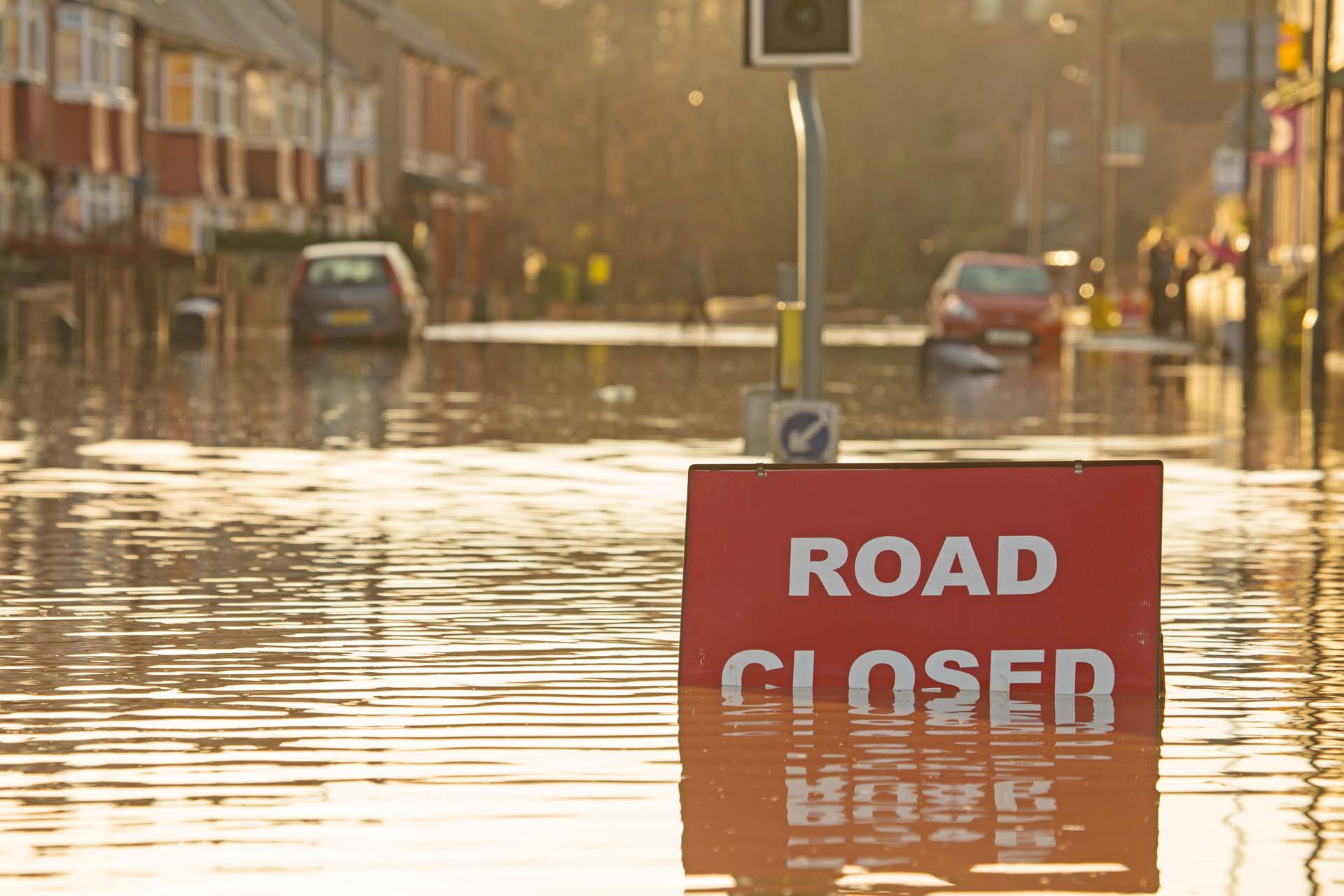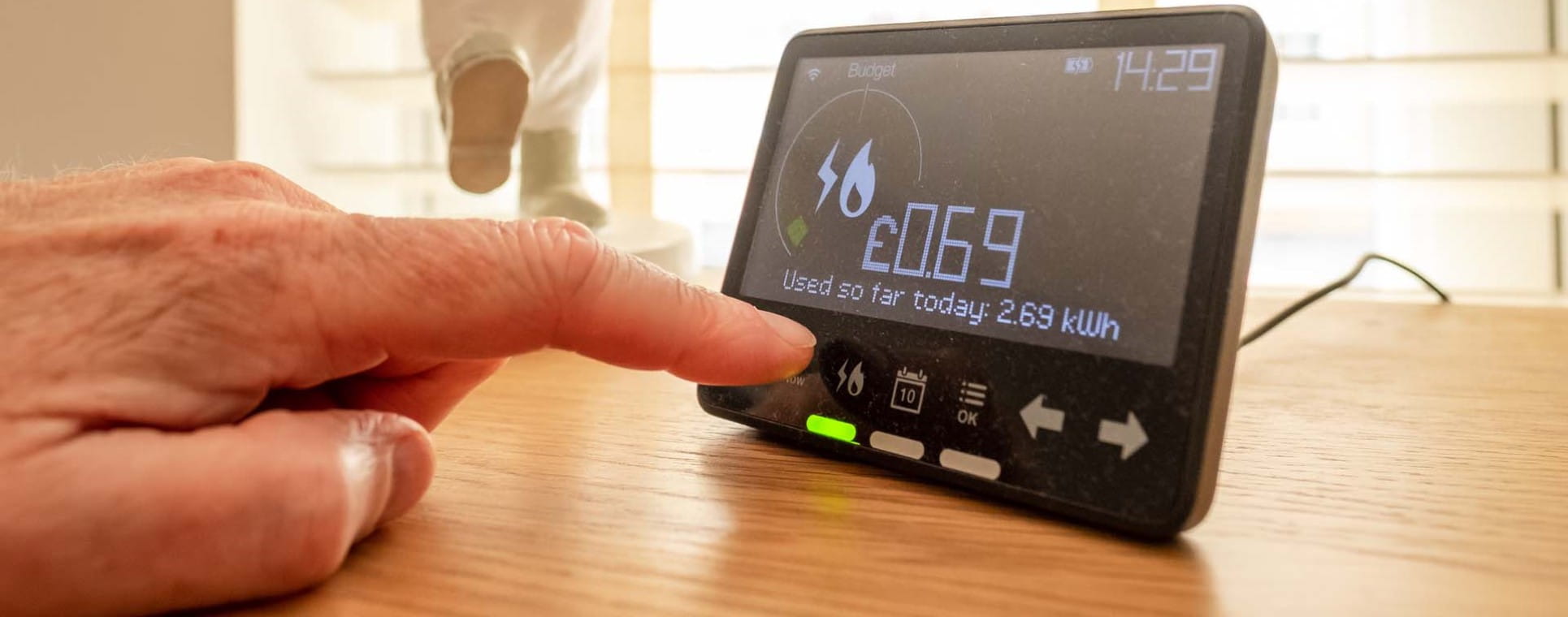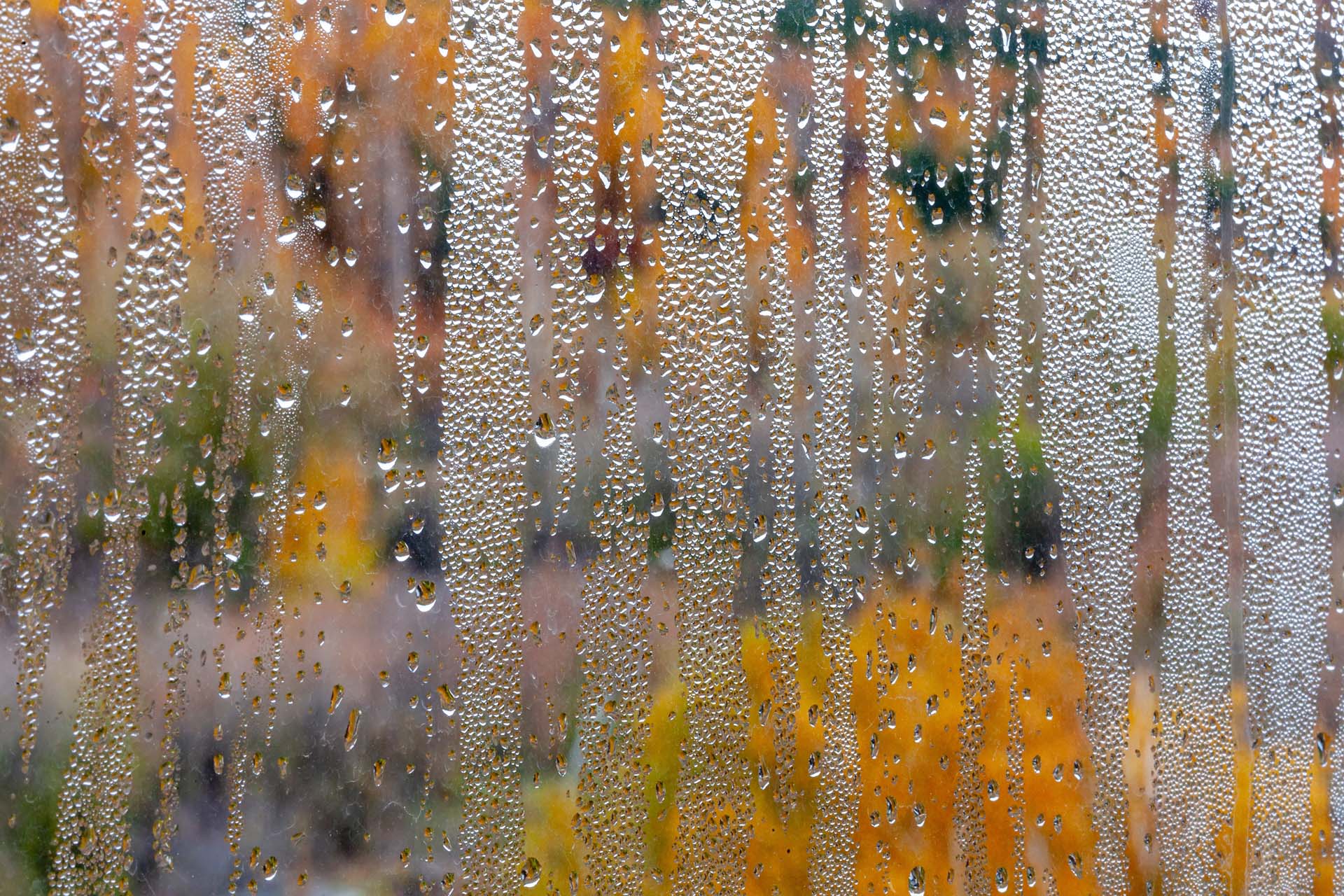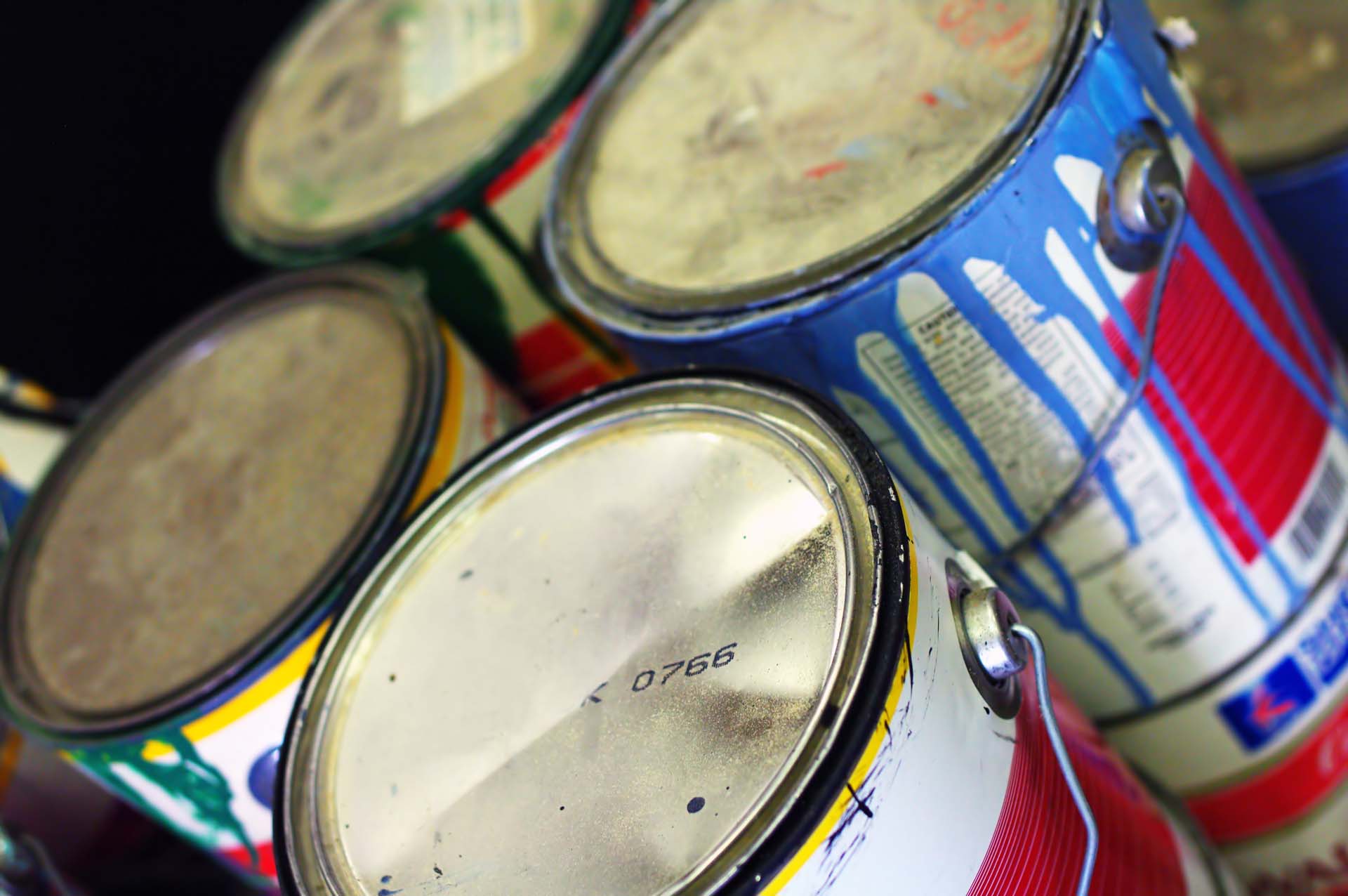
In the autumn storm season you never know what to expect. If previous years are anything to go by, we need to be prepared for high winds, heavy rain and flooding. They can all affect our travel plans and damage our homes and vehicles.
But there are practical steps you can take to help minimise this damage, and keep your home and vehicle safe.
Mark Shepherd is the head of general insurance policy at the Association of British Insurers (ABI). He had these words of reassurance, saying that whoever your insurance company is, “insurers expect bad weather at any time and their priority is always to help their affected customers recover as quickly as possible.”
You don’t need to have been a member of the Scouts to heed their advice when a storm is forecast: be prepared.
Keep a close eye on weather warnings and follow advice from either The Met Office, The Environment Agency, Scottish Environment Protection Agency, Natural Resources Wales or the Department for Infrastructure, in Northern Ireland.
The experts at Saga Insurance also have these top tips to help keep you, your home and your vehicles as safe as possible.
Take action before the storm hits. Keep on top of repairs such as loose roof tiles, leaks or loose external fittings and don’t forget your garden.
If your downpipes end in a clump of mud, grass and stones, clear around your drain and the grate across it. Slow‐flowing drains can cause damp in the long run as well as quickly backing up when heavy rain falls.
If you live on the coast or near a river, you can sign up for flood warnings for your address.
If you are at risk of flooding or have been flooded and are struggling, you can contact the charity National Flood Forum for advice and practical support.
If the Met Office has issued a weather warning, ask yourself whether you really need to travel. Can you postpone your trip?
If you have to venture out then check your route for flooding before you leave.
Always use a low gear and high revs. If there’s water across a main road but it doesn’t reach the bottom of your hubcaps and you can see clear road ahead, you should be fine to drive across.
Wait until it’s clear for you to get to the other side, don’t go above third gear and drive steadily.

If there is flooding forecast, keep a pair of wellies in the car and a spare waterproof jacket. You may need to get out to check flood water or move branches.
Roads may be littered with branches, trees and debris, so be ready to brake or turn around if the road is blocked.
If it feels like the car’s no longer in contact with the tarmac, and the road noise suddenly changes, don’t brake.
Instead, ease off the accelerator and keep the steering wheel straight – and you’ll probably glide through it as quickly as it started.
In the heaviest downpours, using dipped headlights may not be enough. If there’s a lot of spray on a motorway or dual carriageway, put your fog lamps on through the worst.
If you have a choice of where to park your car, keep it away from mature trees. Avoid parking directly beneath the eaves of a roof in case any loose tiles or chimney pots slide off the edge.
If you have a garage then use it so your car will be safe from any debris.

Damage caused by storms is normally covered by standard home insurance, commercial business policies, and comprehensive motor insurance.
Shepherd says: “Where properties are damaged by floods or storms, insurers will be on hand to make emergency payments, arrange any temporary emergency accommodation, and make sure the damage is repaired.
“If you suffer damage to your property, contact your insurer as soon as you can for help and advice.”
But he warns to check your policy wording carefully to see exactly what is and isn’t covered. Most policies cover you for roof damage, water damage, sewer back up and damage to your home by fallen trees, but won’t cover you for damage to fences, hedges, gates and sheds.
The experts at Saga Insurance also warn that one of the main reasons for storm claims being declined is where a property is already in a poor state of repair – meaning the damage was likely preventable. It’s another reason to keep on top of household maintenance before a storm hits.
Keep your insurance details to hand
No matter what the weather it’s worth knowing where your insurance policy details are so you can get them quickly. Or even have the claims contact telephone number stored in your phone.
Call the claims number shown on your policy documents. Depending on the type of claim you make, there are different ways your insurance company may deal with it.
For minor claims you may need to provide estimates or photographs and other supporting information to enable them to settle your claim directly.
Saga Insurance says: “Avoid moving or clearing up debris until you’ve taken photos of the damage to support your insurance claim.”
For more complex claims, your insurance company may pass you on to its nominated suppliers, who will provide expert assessment of the loss or damage to give you the best possible service.
Call your insurance company as soon as possible after the accident or incident. Give details of where it happened, what’s happened, who’s been involved and whether you are stranded.
Most insurers will get you and your vehicle to a safe location as soon as possible. If someone else is involved, regardless of fault, give them your insurance company’s details and get theirs in return to pass on to your insurer.
Phillipa Cherryson is senior digital editor for Saga Magazine. Phillipa has been a journalist for 30 years, writing for national newspapers, magazines and reporting onscreen for ITV. In her spare time she loves the outdoors and is an Ordnance Survey Champion and trainee mountain leader.
View author page









